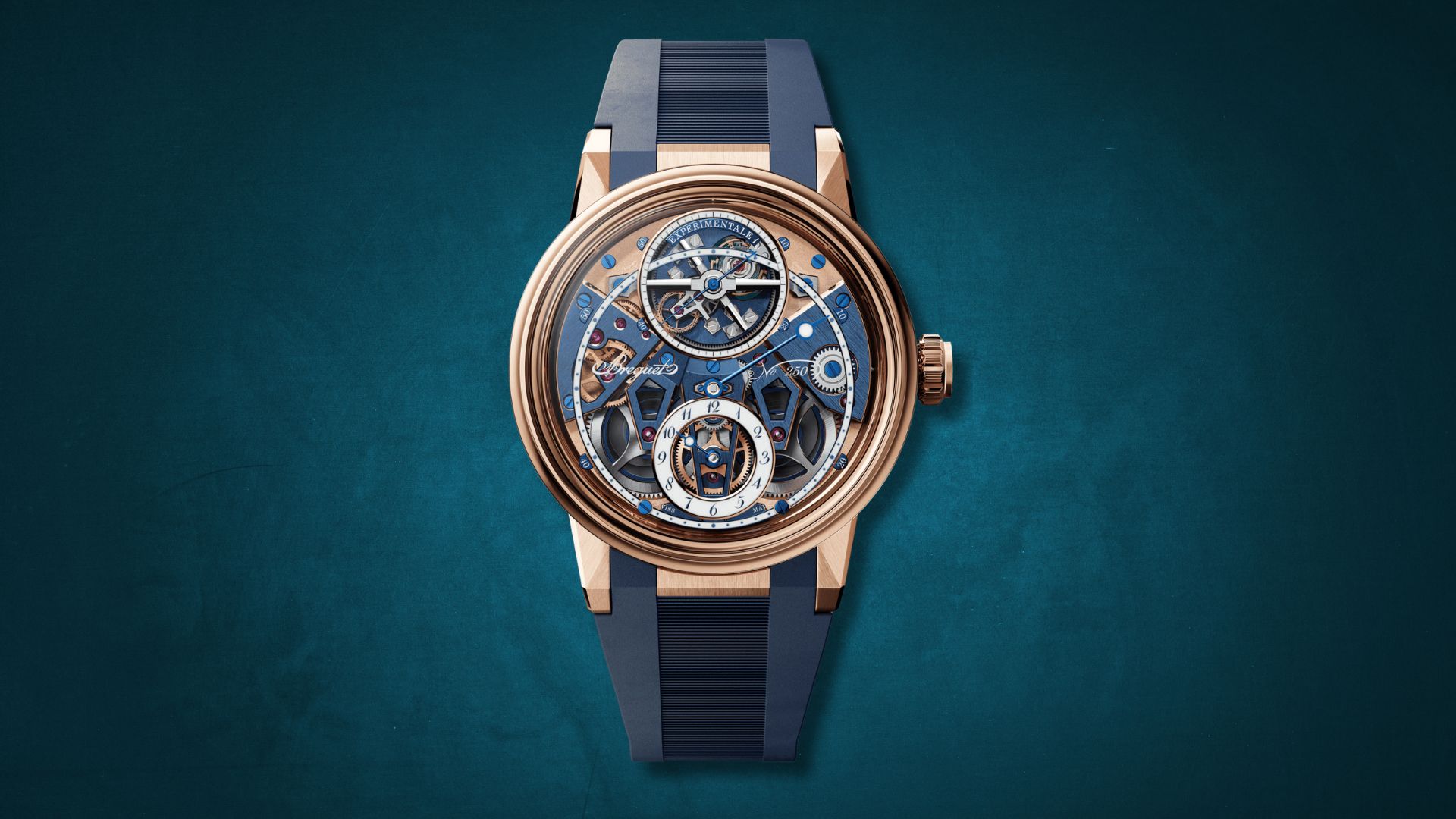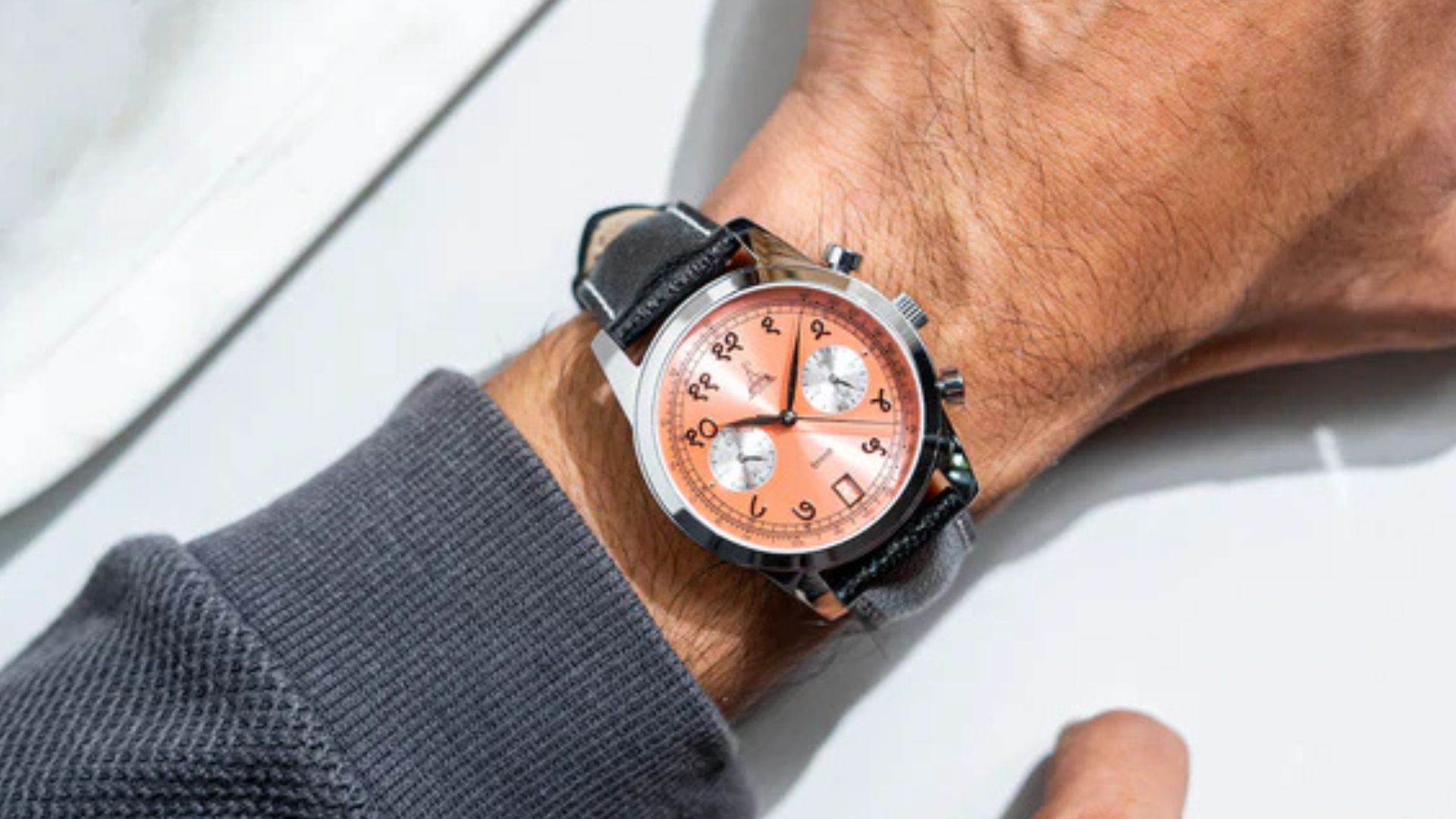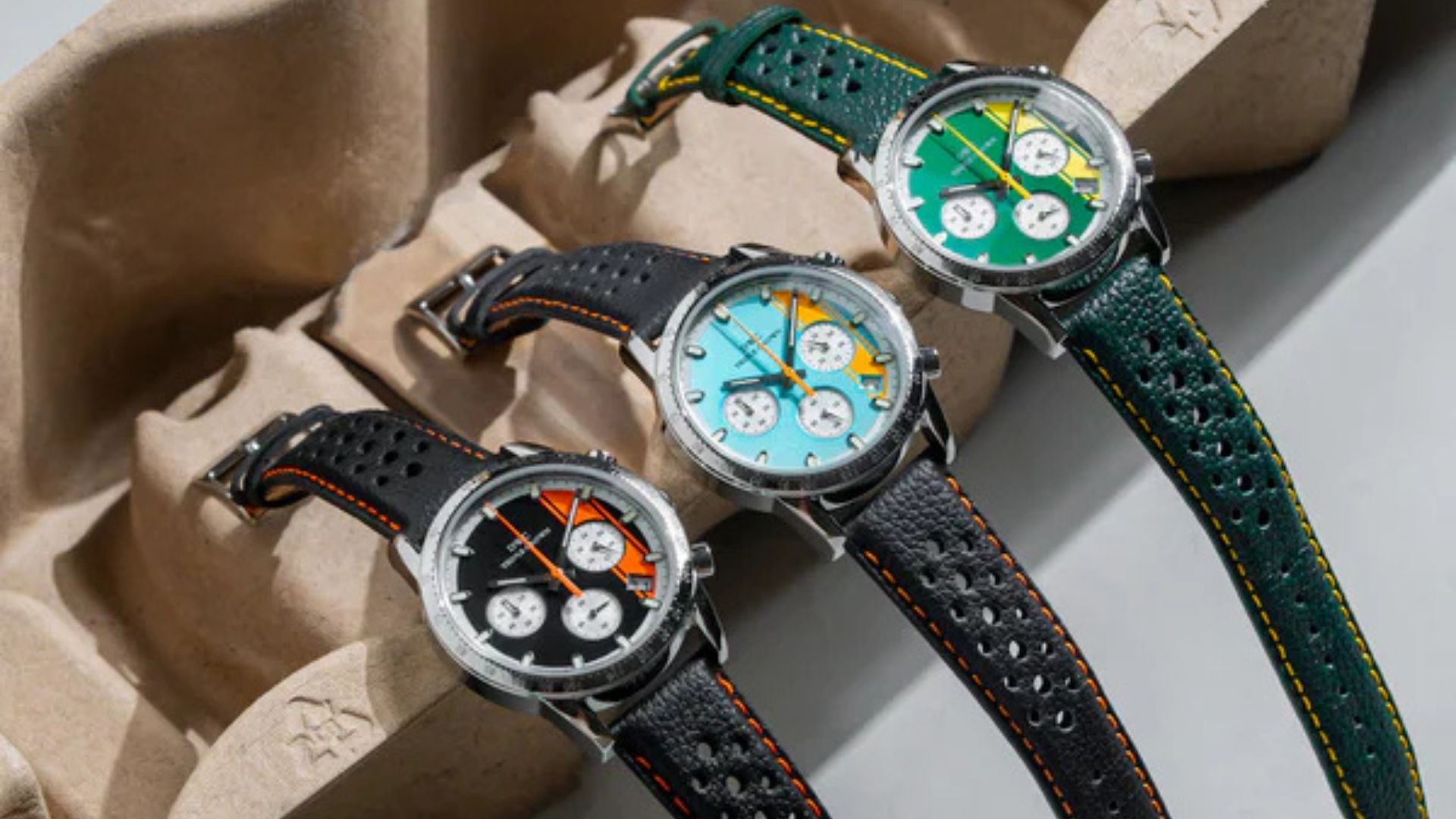Beyond the Dial: The Crucial Role of Gears in Luxury Watches


The movement of mechanical timepieces is heavily dependent on gears, making them intricate components. These interlocked toothed wheels, known as gear trains, located beside the mainspring, effectively transmit power and regulate a watch's mechanism, ensuring smooth and consistent movement of the hands. Mechanical watches often come with various complications and gears significantly manage their smooth functioning. These also play a huge role in elevating the visual appearance of skeletonised watches, making the timepieces captivating and unique. Let’s now look at different gear types and how they are made.
A Comprehensive Guide to Gear Types
Spur Gears
Spur gears are the most common type of gear found in mechanical watches, thanks to their simple structure, which makes their manufacturing and assembling process easier. Its minimal contact points and smooth meshing lead to efficient transfer of power in timepieces. The utilization of high-quality materials is instrumental in augmenting their performance.
Bevel Gears
Bevel gears are commonly used in watches with complications or multiple dials. Designed to transmit power between intersecting shafts, featuring teeth cut on a conical surface, this configuration enables efficient power transmission at angles, making them an essential component of many timepieces. However, these gears are less common than spur gears.
Mitre Gears
Mitre gears are a specialized type of bevel gears used to change the direction of power in watches. They consist of two identical parts that mesh perfectly at a right angle. Mitre gears have an equal number of teeth on both parts, enabling a precise 90-degree power transfer.
Worm Gears
Worm gears are a distinct system comprising a helical screw and meshing with a toothed wheel, enabling smooth and quiet operation. Notably, they excel at significantly reducing speed and altering direction within a compact space. However, their efficiency is compromised due to sliding friction, compared with spur or bevel gears.
From Blank to Gear: A Manufacturing Overview

Creating perfect gears is a testament to meticulous engineering. The process involves several intricate steps, such as the selection of high-quality metals (brass and steel are the commonly used materials) that work perfectly for durability and smooth functionality. The creation of a gear begins with a blank, a shapeless piece of a material that will eventually evolve into a precise gear. Gear cutting can be done using different methods.
Hobbing
A hob is a hardened steel cutter resembling a gear. It rotates to cut teeth into the gear blank, creating the desired shape. This method excels in mass-producing identical gears with high accuracy and efficiency.
Shaping
This method employs shaping equipment with cutting tools to create tooth profiles on the gear blank. It utilizes a single-point cutting tool mounted on a reciprocating ram, which moves back and forth in a straight line. Precise placement of the gear blank is crucial for achieving the desired shape. This method is suitable for smaller workpieces.
Milling
This method is often less preferred by manufacturers due to its longer processing time compared with other methods. However, milling excels in creating larger workpieces and complex shapes. It has a multiple-point cutting tool on a rotating spindle. This method utilizes rotating cutters to gradually shape the gear blank until it achieves the desired tooth form.
The Hardening and Tempering Stage
Hardening and tempering come into the picture after forming the teeth. This involves heating the metal gear to a specific temperature and cooling it for making the gears hard and durable. The rapid cooling process increases hardness and brittleness. Tempering involves reheating the metal to a lower temperature, however, at a slower cooling rate, which reduces brittleness and improves the toughness of the metal to get the perfect gears.
Image Credits: H. Moser & Cie. and Audemars Piguet



















